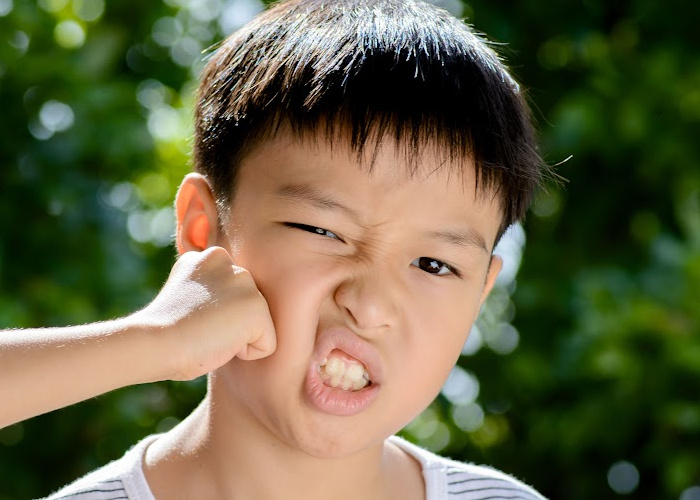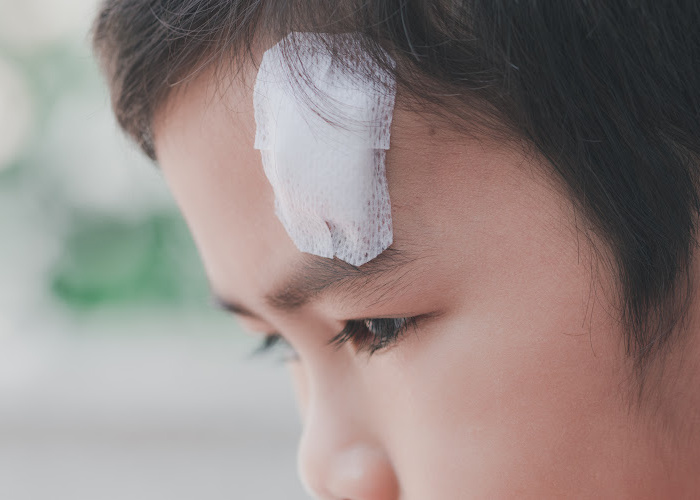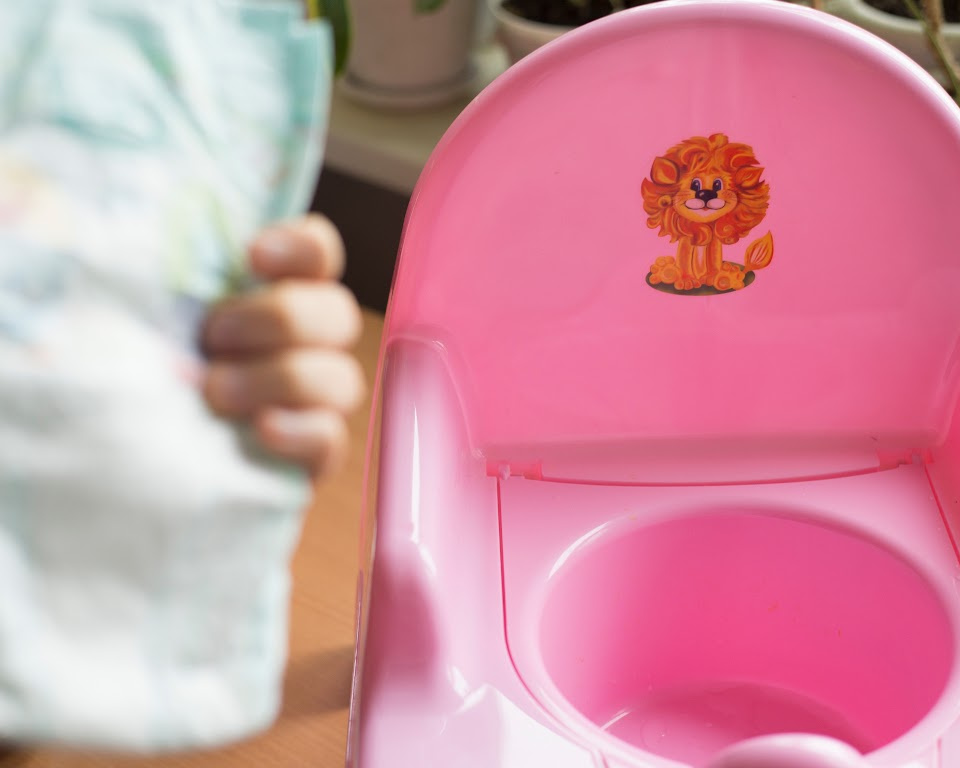Understanding how to communicate with a nonverbal autistic child is a challenge many parents, caregivers,…

How to Stop an Autistic Child from Hitting Others: A Step-by-Step Approach
When it comes to autism behavior management, caregivers and parents are often challenged with finding effective strategies for stopping hitting in autistic children.
Hitting is a form of aggression that is not uncommon among children on the autism spectrum, and it can be distressing for everyone involved. Reducing aggression requires a compassionate approach that addresses the individual needs and triggers of these young individuals.
This article provides a step-by-step guide to help you understand the behaviors and implement strategies that encourage positive change.
Understanding why an autistic child may resort to hitting is paramount in developing tailor-made interventions. As you delve into this issue, keep in mind that there is no one-size-fits-all solution.
Instead, with careful observation and a nurturing touch, the journey towards managing these behaviors can lead to improved interactions and a better quality of life for the child.
Join us as we explore the core principles behind reducing aggression in autistic children and learn how to create a supportive and empathetic environment for everyone involved.
Understanding Why Autistic Children May Exhibit Aggressive Behaviors
In the pursuit of fostering supportive and nurturing environments, it becomes crucial to understand the intricate reasons why behaviors such as aggression manifest in children with autism. This understanding informs the development of more effective techniques for promoting peaceful interactions and managing challenging behaviors.
Identifying the Triggers of Aggression in Autism
The complex tapestry of autism often hides the causative factors behind aggressive actions. Identifying these triggers is a critical step in creating effective intervention strategies. Among these triggers are sensory overload, communication difficulties, and an inability to cope with stress or anxiety, all of which can lead to challenging behaviors when not addressed properly.
The Role of Sensory Overload and Stress in Aggressive Outbursts
Sensory sensitivities are frequently at the heart of why autistic children might respond violently to seemingly innocuous stimuli. Both sensory overload in autistic children and their stress response can lead to sudden outbursts of aggression. Parents and caregivers need to become adept at recognizing the signs of sensory discomfort and provide interventions tailored to these unique sensory needs.
Communication Barriers and Their Impact on Behavior
Communication challenges are intrinsically linked with autism, often leaving children unable to express their needs or feelings linguistically. This barrier can become a source of frustration, thus heightening the risk of aggressive behaviors like hitting. Utilizing a variety of communication-enhancing techniques, such as visual aids or speech therapy, can significantly reduce these frustrations, making way for more constructive and serene interactions.

Effective Autism Behavior Management Techniques
When it comes to addressing and preventing hitting in children with autism, several behavior interventions for autistic children prove to be pivotal. These techniques center around gauging situations from the child’s viewpoint and de-escalating potential stressors that could lead to aggression.
By maintaining a composed demeanor during outbursts and delineating transparent limits, caregivers can effectively manage hitting behaviors while fostering a safe and nurturing space for emotional expression.
Introducing alternatives where children can vent safely, such as by hitting a cushion, encourages the expression of frustration in a controlled and less harmful manner. At the same time, it’s crucial to acknowledge the child’s feelings, validate their experience, and provide constructive guidance towards more socially acceptable responses.
All of these practices must be enveloped within established behavioral boundaries that provide a clear framework for the child.
Behavior interventions for autistic children must be applied with synchronization and consistency to have a lasting impact. This not only pertains to the immediate response to prevent hitting but also to understanding and addressing the antecedent behaviors that lead to such actions.
The dual aim is always to inform and transform: to educate caregivers on the methods while transforming the behavior patterns of autistic children towards a more peaceful and positive mode of expression.

How to Stop an Autistic Child from Hitting Others: Implementing Positive Behavior Support
Applying positive behavior support for autistic children is essential for encouraging positive change and reducing incidents of hitting. These methods are not only constructive but are also backed by compassionate principles that align with the emotional and psychological needs of children on the autism spectrum.
Neutral Redirection and Replacement Behaviors
Neutral redirection is a key technique in promoting positive change in autistic children. This strategy is about guiding the child away from hitting and towards an activity or behavior that is more appropriate. The ability to redirect without causing additional distress is a subtle art and can significantly shape the child’s behavior patterns moving forward. Introducing replacement behaviors offers a proactive way to fill the void that is left when aggressive behaviors are discouraged, reinforcing positive behavior support and growth.
Creating a Safe and Accommodating Environment
The creation of a safe environment for autistic children is vital. Adjusting environmental factors to accommodate their sensory sensibilities can make a world of difference. This might include softening lights, reducing noise levels, or creating a cozy corner that the child can retreat to when feeling overwhelmed. Such adjustments can prevent the sensory overwhelm that often precedes hitting and can demonstrate to children that their comfort and needs are a priority.
Strategies for Preventing Hitting Before It Starts
Preventing hitting in children with autism starts with observing warning signs and intervening early. It is imperative for parents and caregivers to recognize and act upon the early indications of distress to mitigate aggressive behaviors. Techniques such as distraction, providing a clear means of communication, and ensuring the child knows there is a safe space available to them are all part of a strategic approach to behavior management.
| Strategy | Objective | Outcome |
|---|---|---|
| Neutral Redirection | Guide away from hitting to alternative behavior | Decrease in aggressive actions |
| Environmental Adaptation | Minimize sensory overwhelm | Create a calming space, reduce triggers |
| Proactive Communication | Equip child with tools to express needs | Enhance understanding and preempt stressful scenarios |
Implementing these strategies requires patience, consistency, and a caring approach. As each child with autism is unique, tailoring support to their individual needs can empower them to thrive within their environment and develop positive social behaviors.

Conclusion
In summary, addressing the roots of aggressive behavior in children with autism involves a thoughtful blend of empathy, strategic planning, and proactive caregiving. With these well-founded methods, parents and practitioners can deploy effective strategies for stopping hitting in autistic children. This entails a deep comprehension of the child’s behavior triggers and the meticulous orchestration of a nurturing environment tailored to their intricate needs. Challenges like sensory sensitivities, communication barriers, and stress-response tendencies can be managed by creating predictable, sensory-friendly settings and providing outlets and tools for non-violent expression.
Consistent application of behavior management techniques ranging from neutral redirection to positive reinforcement establishes a supportive framework for these children to thrive. It’s not merely about curtailing the physical manifestation of hitting; the aim is to holistically cultivate competencies that favor peaceful and constructive ways to interact with the world. It is this alliance of patience, uniformity in care, and heartfelt dialogue that facilitates a marked decrease in aggression, while simultaneously empowering autistic children to form more rewarding social bonds.
Above all, every measure we take as caregivers, educators, and family members to guide the child in recognizing and embracing positive behaviors furthers the goal of reinforcing a safe, tolerant, and compassionate society. The trajectory towards peaceful coexistence is paved with understanding and unwavering support, hallmarks of the unyielding dedication to enhancing the lives of autistic individuals and the broader community.
FAQ
What are some common triggers of aggression in autistic children?
Common triggers include sensory overload, stress, anxiety, physical discomfort, and communication difficulties. Each child may have unique triggers that require individual attention and understanding.
How does sensory overload contribute to aggressive outbursts in autistic children?
Sensory overload occurs when a child with autism experiences too much sensory input, such as loud noises or bright lights, which can lead to heightened stress and potentially aggressive behaviors as a coping mechanism.
What role do communication barriers play in the behavior of autistic children?
When autistic children struggle to communicate their needs or feelings, it can lead to frustration and aggressive actions such as hitting. Providing tools and support to improve communication can help reduce these behaviors.
What are some effective autism behavior management techniques to stop a child from hitting others?
Techniques include staying calm during an outburst, setting clear limits, offering alternatives for expression, using neutral redirection, and providing positive reinforcement for acceptable behaviors.
How can neutral redirection help manage hitting behaviors in children with autism?
Neutral redirection involves guiding the child towards more socially acceptable behaviors that serve the same function as the aggressive action. This can help the child learn more appropriate ways to express feelings or needs.
What are some ways to create a safe and accommodating environment for an autistic child?
Adjusting sensory stimuli, such as lighting and noise levels, maintaining stable routines, and providing quiet spaces can help autistic children feel secure and less likely to engage in hitting behaviors.
What strategies can prevent hitting in children with autism before it starts?
Preventative strategies include recognizing early signs of distress, intervening promptly, using visual supports for communication, distraction techniques, providing designated areas for self-regulation, and keeping a behavior diary to track patterns.
How can positive behavior support contribute to reducing hitting in children with autism?
Positive behavior support involves understanding the child’s perspective, reinforcing appropriate behaviors, and using strategies such as visual schedules and speech therapy interventions to improve communication and reduce frustration-induced aggression.



This Post Has 0 Comments